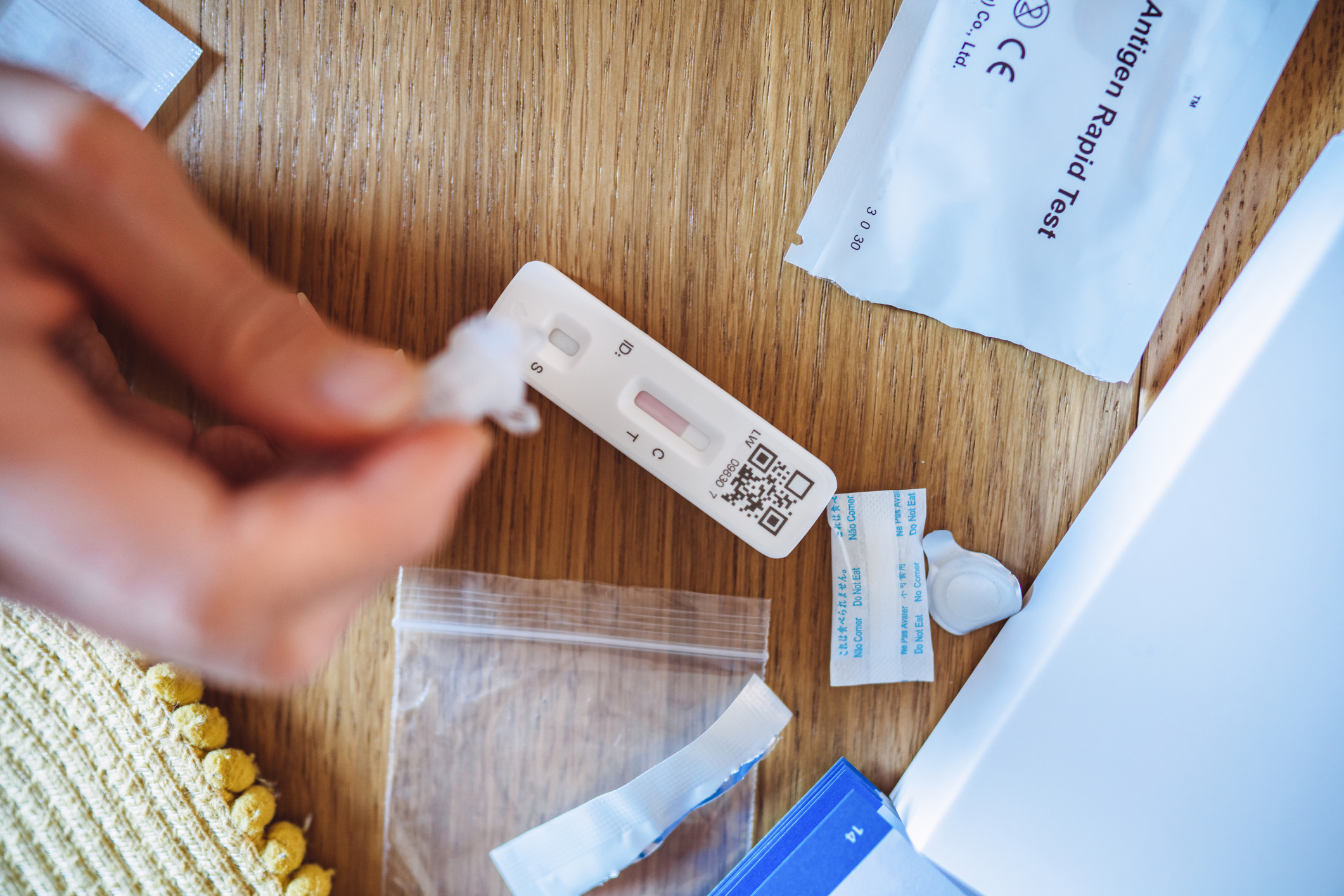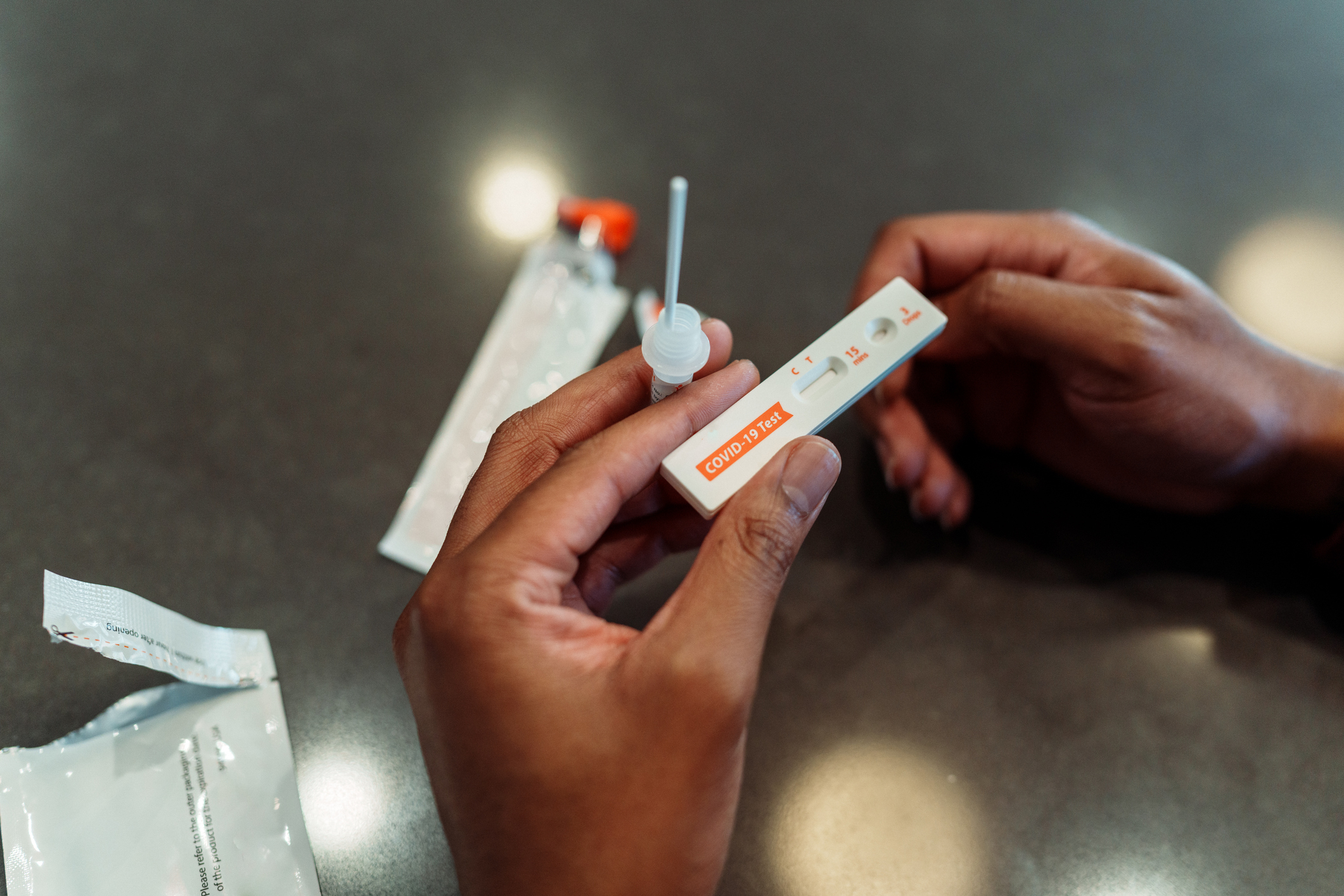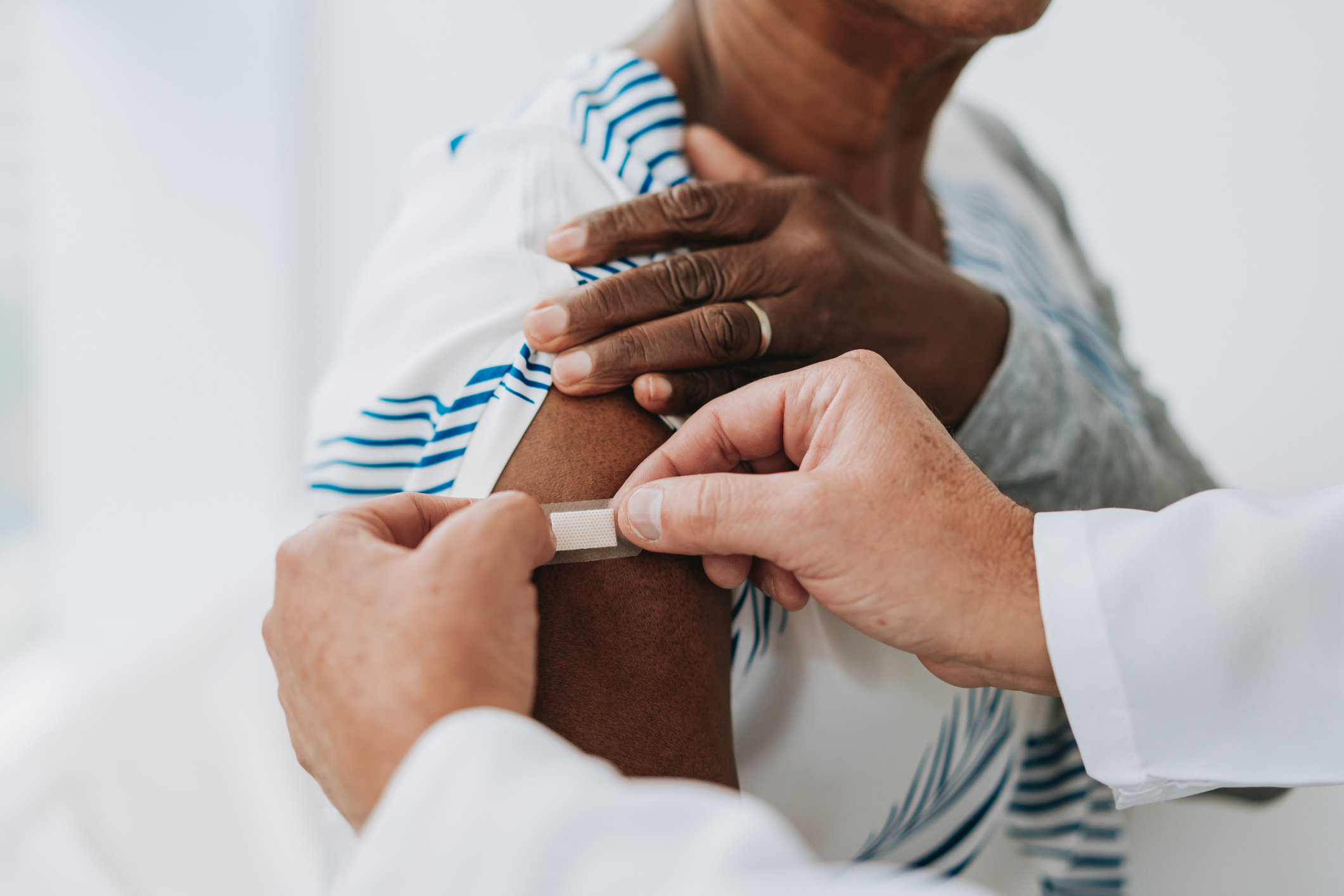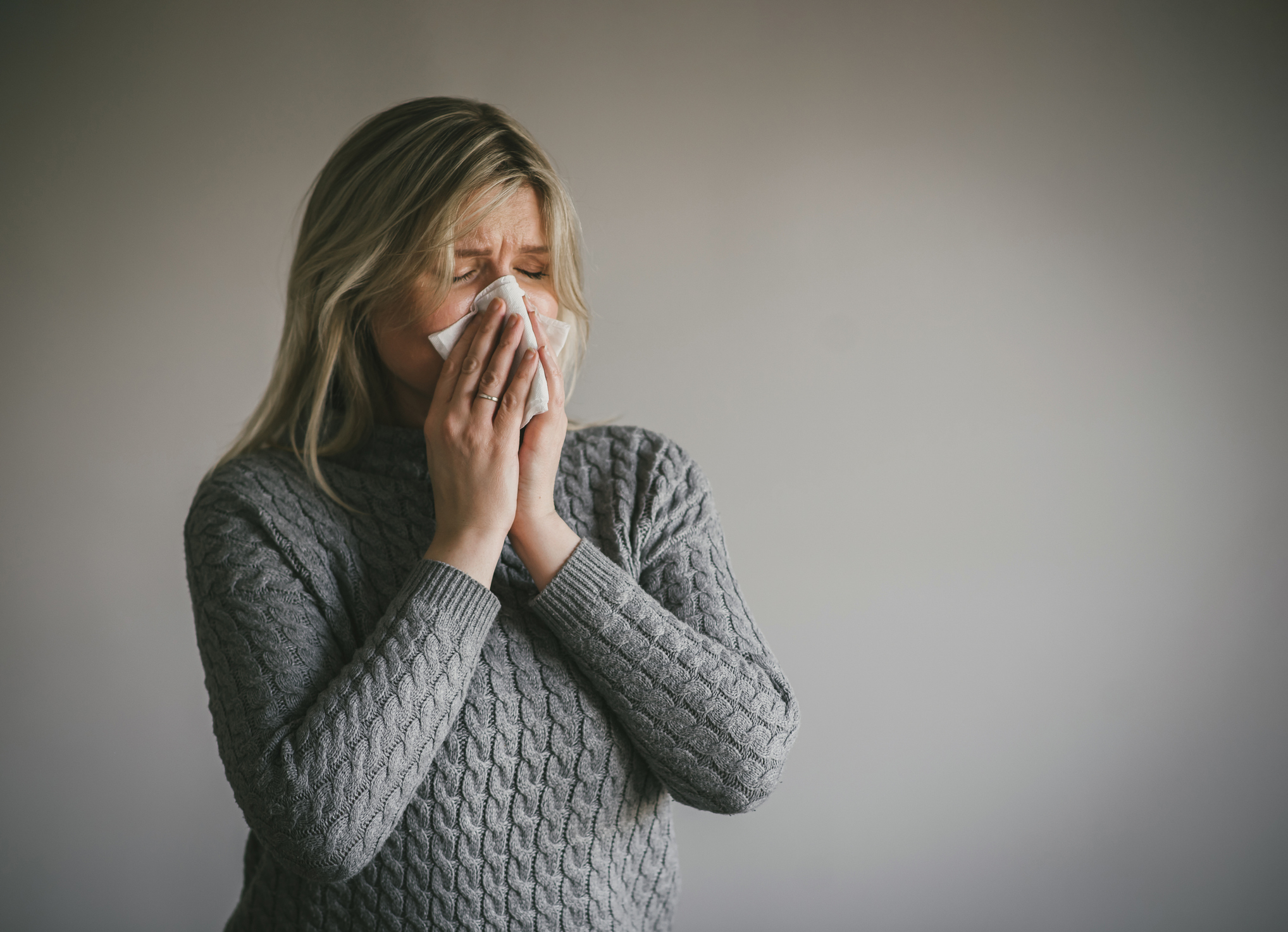Infectious disease experts partake what ’s dissimilar about this belated wave and what to know about the unexampled var. .
We do n’t typically associate hot weather with viral illness , but COVID has frustrate that in late years . This summertime seems to be no exclusion : Recentdatafrom the Centers for Disease Control and Prevention shows that COVID test positiveness rates and emergency brake room visits are steadily rising , especially along both coast .
The perpetrator : the FLiRT discrepancy . This family of version , which evolve from omicron , took off inthe spring . Now , they account for over 50 % of infections .

grant to Dr. Robert H. Hopkins , Jr. , the medical director of the National Foundation for Infectious Diseases , this year ’s summer wave got an former start ― and it does n’t come along to be slowing down anytime soon . “ I suspect it ’s going to increase , ” Hopkins told HuffPost . “ It seems like we ’re see more and more DoS showing increase level of activity . ”
Here ’s what to hump about the summer COVID spindle :
What’s up with the new FLiRT variants?
The FLiRT variants are offset ofJN.1 , which was the dominant variant in the U.S. this preceding winter .
This category of variate is likely very contagious , thanks tomutationsin the spike protein that may better the virus ’s power to bind to human mobile phone . “ When we attend at their molecular profile , some of those mutations potentially could grant the [ computer virus ] to escape from previous immunity , ” Hopkins explained .
agree to Dr. Nikhil Bhayani , an assistant professor in the department of internal practice of medicine at the Burnett School of Medicine at Texas Christian University , one variant in particular is gaining steam right now : KP.3 . It ’s currently responsible for roughly25%of cases .

Two other variants in the FLiRT family , KP.2 and KP.1.1 , make up 22.5 % and 7.5 % of infection , respectively . Researchfrom Japan found that KP.2 , the prevailing strain this past spring , was more familial than its herald and potentially better at outsmarting our vaccines .
Fortunately , it does n’t seem like the sickness will be any different with the FLiRT stochastic variable , according to Hopkins . He suspect they ’ll touch off the typical COVID symptom : Fever , coughing , congestion , afflictive throat , dead body smart and , though less common these days , loss of predilection and feeling .
The increase in cases also does n’t appear to be causing an uptick in hospitalizations . “ There ’s no evidence they ’re more severe than what we ’ve been dealing with , ” Hopkins say .

What concerns experts about this wave of infections?
We ’ve seen summertime increases in COVID infections every class during the pandemic , harmonize to Hopkins , so this is n’t too out of the ordinary . What does horrify him , however , is how early on we ’re seeing the summer wave kick off this year .
According toAubree Gordon , a prof of epidemiology and manager of the Michigan Center for Infectious Disease Threats & Pandemic Preparedness in the School of Public Health at the University of Michigan , discrepancy make headway adhesive friction when they acquire to elude the unsusceptibility we achieved through past infection and vaccinations .
The current wave is “ likely predominately [ get ] by those change in the virus that are probably resulting in it being capable to considerably get around preexist immunity , ” Gordon tell HuffPost .

It does n’t help that it ’s belike been a while since many hoi polloi were last vaccinate . In May , the CDC disclose that only22 % of adultshad received an update COVID shot since it was liberate in September 2023 .
This dip in immunity , combined with the FLiRT variants ’ advantageous mutant , could be fueling the bed cover . Recent gather marking the start of summertime , including Memorial Day Weekend and Father ’s Day , may be kick in , too , according to Hopkins . It ’s have it away , after all , thatsocial gatheringsare a vast rootage of disease transmittance .
Is now a good time to get a booster shot?
It ’s expect that all principal vaccine manufacturer will have an updated slam uncommitted in the declivity that , most likely , willtarget the KP.2strain . If you ’re wonder whether you should get another thrust now or admit off until the new booster ’s here , know this : There ’s really no haywire time to get a supporter shot , Bhayani said .
While the updated shot will probably better aim circulating melody , the presently availablevaccineswill likely still supply good protection against getting unbalanced , and more important , winding up in a infirmary or dying , researchsuggests .
The timing of your next dose depends on your overall health and when you have your previous booster or were last infect . In general , health experts recommend spacing doses out by at leastfour month .

If you were infect or got immunize in the past few months , it might make the most sense to hold off until the raw injection ’s out subsequently this twelvemonth , Gordon said . “ I ’d recommend they delay vaccination just because they ’re not going to benefit from it too much at this peak , ” she enjoin .
That said , Hopkins recommends that people 65 and one-time who did n’t encounter the in style vaccine to go out and get another blastoff now . The same exit for hoi polloi who are immunocompromised and have n’t had a shot in the preceding two months .
“ Why take a chance with this current surge if we ’ve got something that is going to thin your severity of illness ? ” Hopkins state .
Here’s what to do if you get COVID this summer.
If you undertake COVID , it ’s a good idea to first test yourself at house withan antigen trial . If your psychometric test is minus , Hopkins recommended testing yourself again in 24 hours because it can take a few day for the virus to become detectable in your sinuses .
If you ’re concerned about your symptoms , reach out to your primary care physician or visit an urgent care to get a PCR test ― these are more sensitive and catch up with a higher percentage of cases .
honest-to-god adults , people who are immunocompromised and those with chronic illnesses face a higher risk ofsevere disease . Hopkins advise anyone in these group to contact a health aid provider as soon as they palpate sick . There are in effect oralantivirals―Paxlovidand molnupiravir ― that can foreshorten the continuance of your sickness and reduce the severity of it . But here ’s the kicker : They work well when give within five twenty-four hours after symptoms look .
As for otherwise sizable individuals who try out confident , the same tried - and - true measures still wreak well . Acetaminophen and anti - inflammatories , like Motrin and naproxen , can reduce a fever , nasal spray palliate over-crowding , drink fluids prevents dehydration and getting plenty of rest will aid your overall convalescence , Hopkins said .
eventually , keep a distancefrom other people for five days or until your symptoms are improving . If you do go out , the CDC recommendsmasking upuntil the eleventh mean solar day of your illness .
These fresh variant might be adept at evade our immunity , but contract another booster tear and wearing a high-pitched - quality mask in crowded spaces are still the very best way to stick good for you this summer . This clause in the beginning appeared onHuffPost .